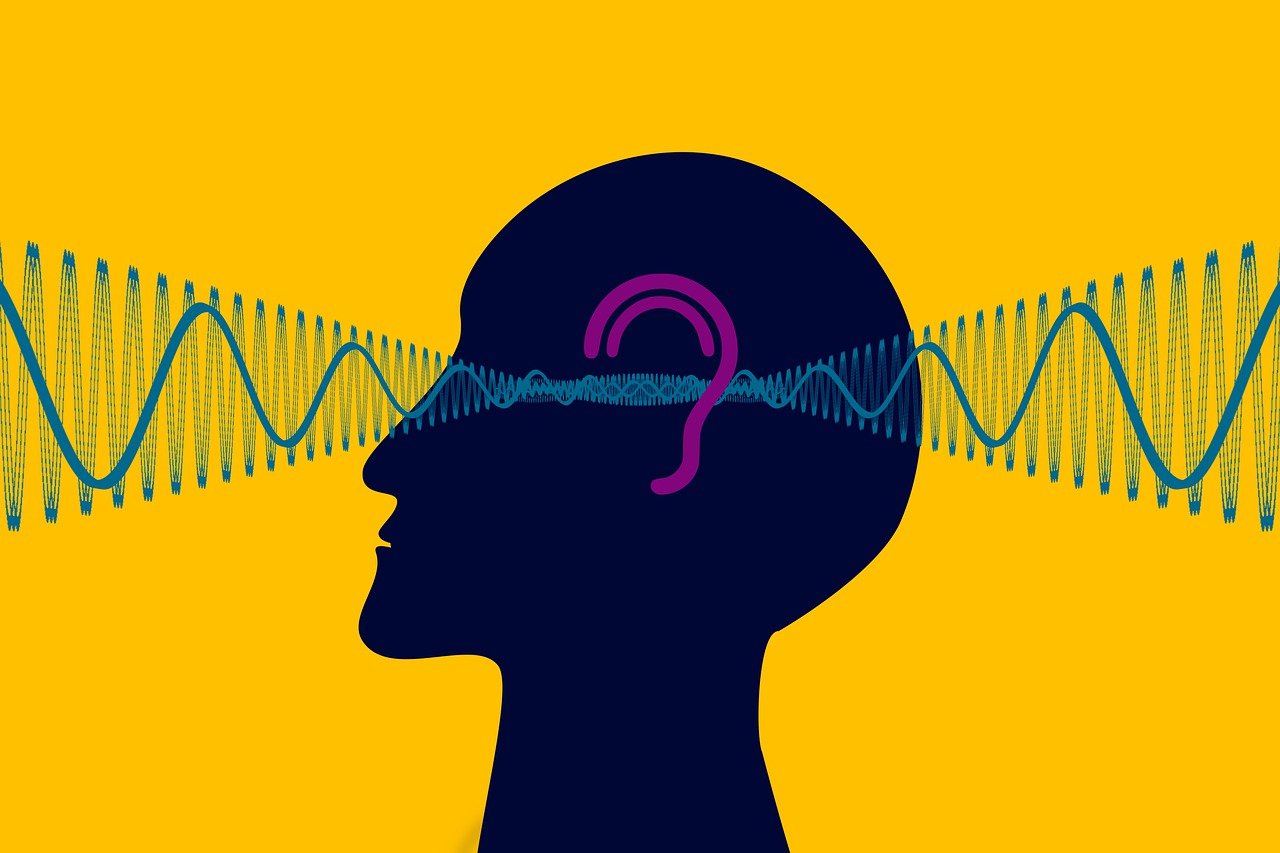
Less than a month after getting a new gene therapy treatment, a young girl named Li “Yiyi” Xincheng heard sounds without her cochlear implant for the first time. Born deaf, Yiyi is one of five children in a study that used two viruses to replace parts of a defective gene that caused her deafness.
Most of the mutations in a gene called OTOF cause profound deafness in people. They disrupt signaling inside the ear’s inner hair cells. Hairs called IHCs sit inside the cochlea, a structure in the inner ear. Sound waves stimulate and bend the hair in ways that become electrical impulses carried by the auditory nerve to the brain.
Mutations in the OTOF gene prevent the IHCs from sending signals to the auditory nerve. In the study, five children with OTOF mutations were treated. The two engineered viruses used were versions of Adeno-Associated Virus and aren’t big enough to carry OTOF which is why different parts of it were carried by the two viruses.
The scientists grew millions of copies of these two viruses and injected them into the children’s cochlea. The viruses then started infecting the IHCs and the genes carried by the engineered viruses began exchanging with the defective ones in the IHCs. Enough of the mutated genes were restored to allow four of the five children to hear on their own for the first time. If the results are permanent, the treatment will change the lives of these children and others after them.
We are Drs. David Niesel and Norbert Herzog, at UTMB and Quinnipiac University, where biomedical discoveries shape the future of medicine. For much more and our disclaimer go to medicaldiscoverynews.com or subscribe to our podcast. Sign up for expanded print episodes at www.illuminascicom.com or our podcasts at: Medical Discovery News (buzzsprout.com)
More Information
Gene-therapy breakthrough allows congenitally deaf children to hear
Harvard scientist co-leads research, which targeted specific condition, may yield other treatments for more of the 30 million kids with genetic hearing loss
Otoferlin Is Required for Proper Synapse Maturation and for Maintenance of Inner and Outer Hair Cells in Mouse Models for DFNB9
Deficiency of otoferlin causes profound prelingual deafness in humans and animal models. Here, we closely analyzed developmental deficits and degenerative mechanisms in Otof knock-out (Otof–/–) mice over the course of 48 weeks. We found otoferlin to be required for proper synapse development in the immature rodent cochlea: In absence of otoferlin, synaptic pruning was delayed, and postsynaptic boutons appeared enlarged at 2 weeks of age.
Genetic Recombination
How does DNA recombination work? It occurs frequently in many different cell types, and it has important implications for genomic integrity, evolution, and human disease.